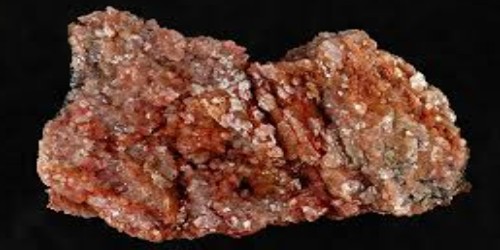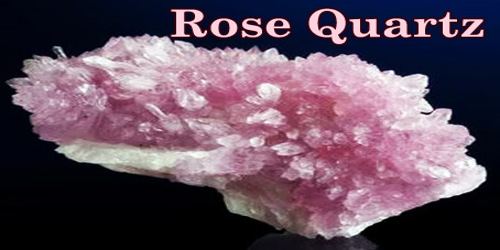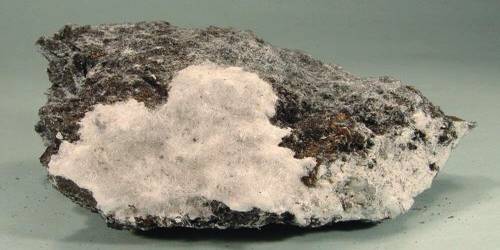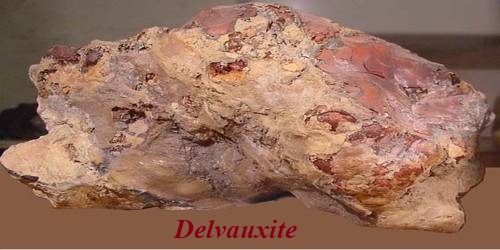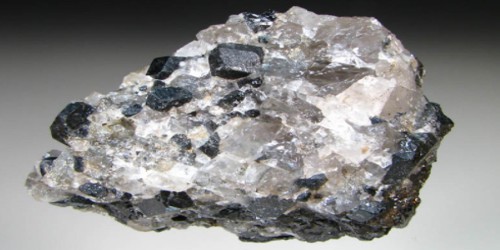Ephesite is a rare member of the mica silicate mineral group, phyllosilicate. It is a monoclinic-prismatic mineral containing aluminum, hydrogen, lithium, oxygen, silicon, and sodium. Many times ephesite will be referred to as a soda-margarite for this substitution of sodium. Because of these findings the names ephesite, lesleyite, soda-maragrite and potash-margarite have been used synonymously.
It is restricted to quartz-free, alumina rich mineral assemblages and has been found in South African deposits in the Postmasburg district as well as Ephesus, Turkey.
General Information
- Category: Phyllosilicate
- Formula: NaLiAl2(Al2Si2)O10(OH)2
- Crystal system: Monoclinic
- Crystal class: Prismatic (2/m) (same H-M symbol)
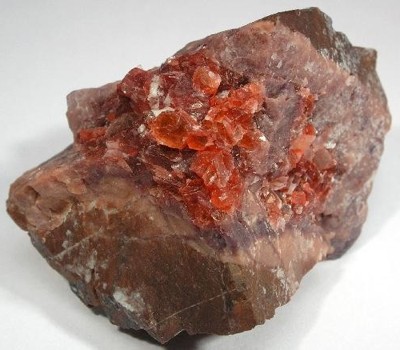
Properties
Ephesite found in its natural state is translucent and pink in color. It has a vitreous luster and pearly on the cleavages. As a group the micas are characterized by their perfect basal cleavage, giving thin, flexible, and elastic cleavage plates. Crystals are usually tabular with prominent basal planes and hexagonal in outline.
- Color: Brownish pink, pearl gray, pale green
- Crystal habit: Flakes
- Tenacity: Brittle
- Mohs scale hardness: 3.5–4
- Luster: Vitreous, pearly on cleavage
- Diaphaneity: Translucent
- Specific gravity: 2.984
- Optical properties: Biaxial (-)
History and Occurrence
The history of the study of the mineral ephesite begins with its first appearance in Ephesus, Asia Minor at Gumach Dagh in a deposit also associated with emery discovered by J. Lawrence Smith in 1851. I. Lea in 1867 had discovered a mineral of the same composition which he had been calling under a different name, lesleyite. Later, ephesite was closely compared to a mineral margarite which shared the same composition as ephesite with a substituted Ca for Na. Derivation of the name ephesite comes from its place of occurrence, Ephesus.
Information Source:
